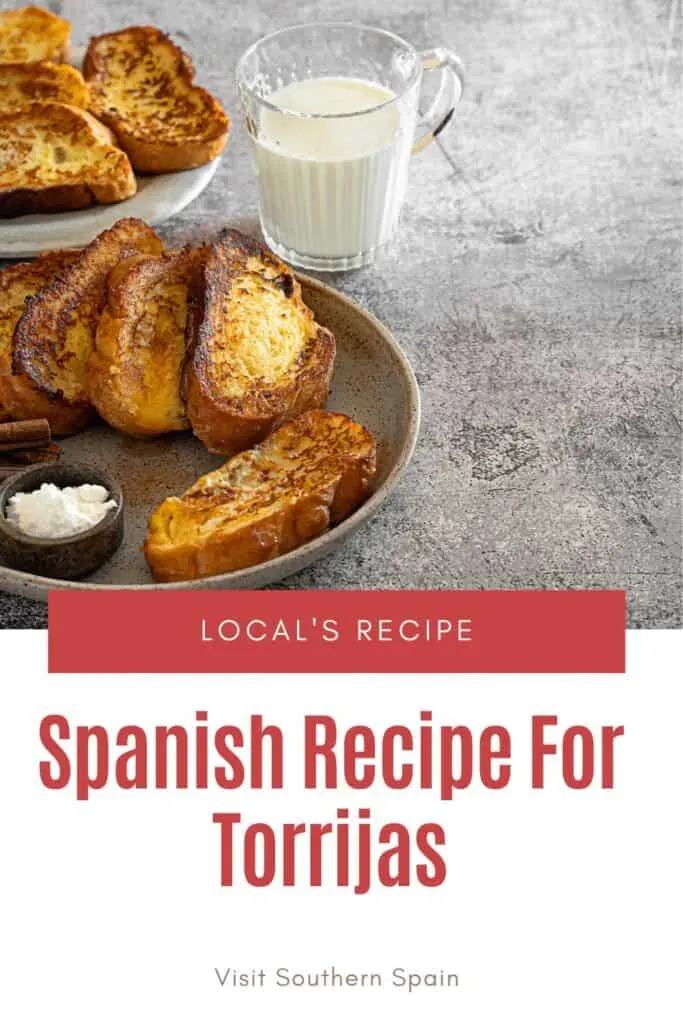All you need is a sweet treat, and we know that there are hundreds of Spanish dessert recipes that can satisfy this craving.
If you are looking for a dessert that can be made quickly and only requires basic ingredients, then the recipe for torrijas is calling your name.
In this article, you will learn how to make this take on the Spanish bread pudding from scratch, with cool history facts, and information on storing and serving.
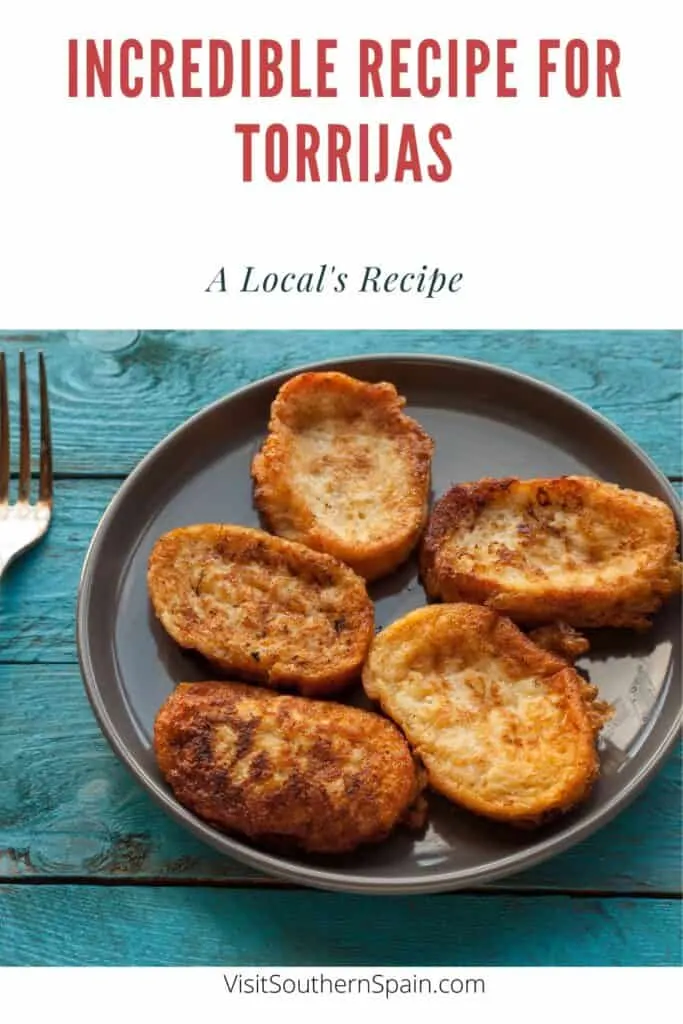
You, dear reader, support this blog. If you purchase through a link, we earn a small commission. As an Amazon Affiliate, we earn from qualifying purchases.
Pssst…!!?? You can’t get enough of Spanish dessert recipes? Have a look at my other posts:
Background of the Dish
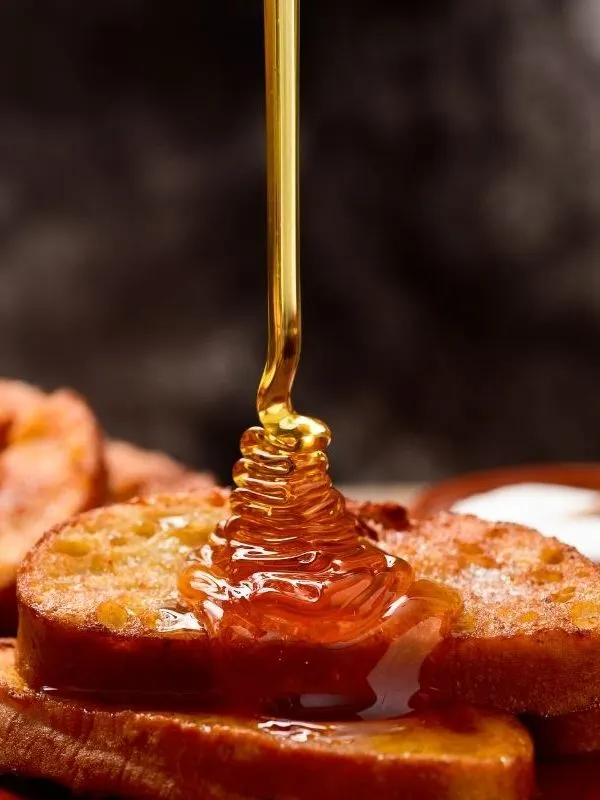
Some records demonstrate the existence of the torrijas recipe as far back as the 15th century, making it one of the oldest traditional Spanish desserts.
In its origins, it was created as a way to use the bread from the previous day that had hardened and could no longer be eaten.
However, it quickly became a beloved dessert that didn’t distinguish between social classes; both royalty and the working class adored it.
While there is no exact data on why it became one of the most consumed easy Spanish desserts during Spanish Easter, some people theorize that it might be because it’s a good way to make use of the leftover bread, something common during these dates.
Pin for later!
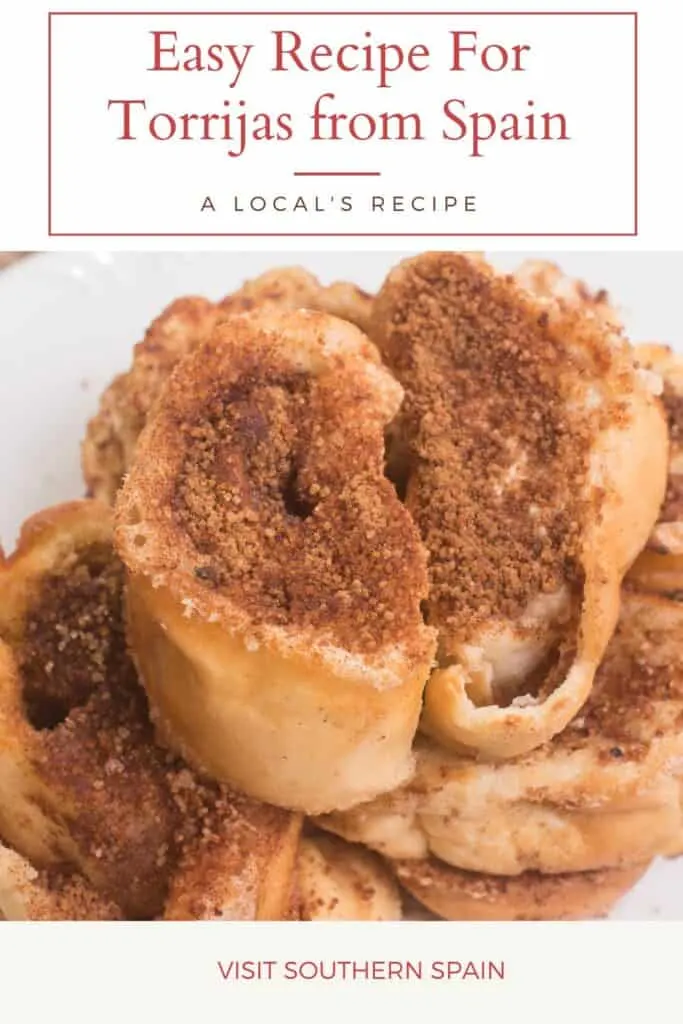
Things You’ll Need for Recipe For Torrijas
To make the recipe for torrijas you need stale bread, milk, eggs, lemon peel, sugar, and cinnamon.
This dish is among the popular Spanish desserts that don’t require any fancy equipment or ingredients, so you will be able to enjoy making it at home.
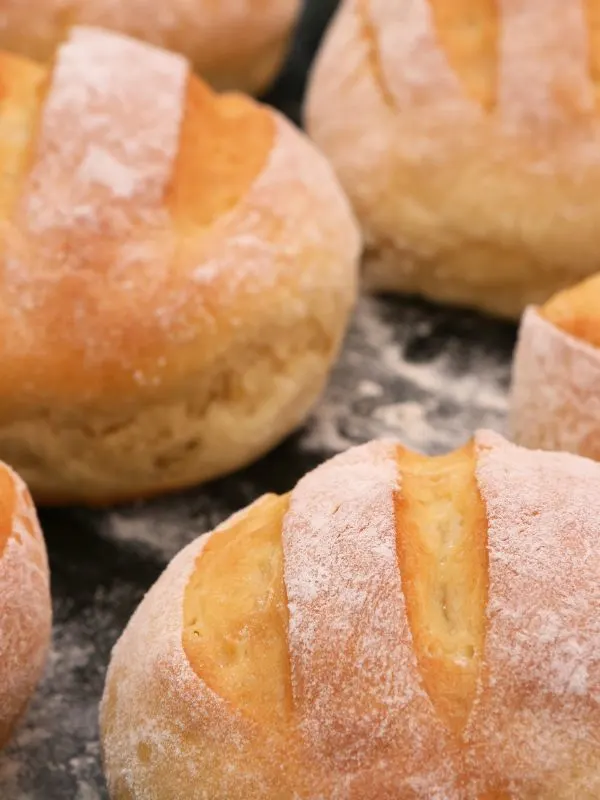
Ingredients
- 1 loaf of stale bread (preferably a day or two old)
- 4 cups (1l) whole milk
- 1 cup (200g) granulated sugar
- 1 cinnamon stick
- 1 lemon peel
- 4 large eggs
- Olive oil for frying
- Additional sugar and ground cinnamon (for coating)
How to Make Recipe For Torrijas – Step by Step Guide
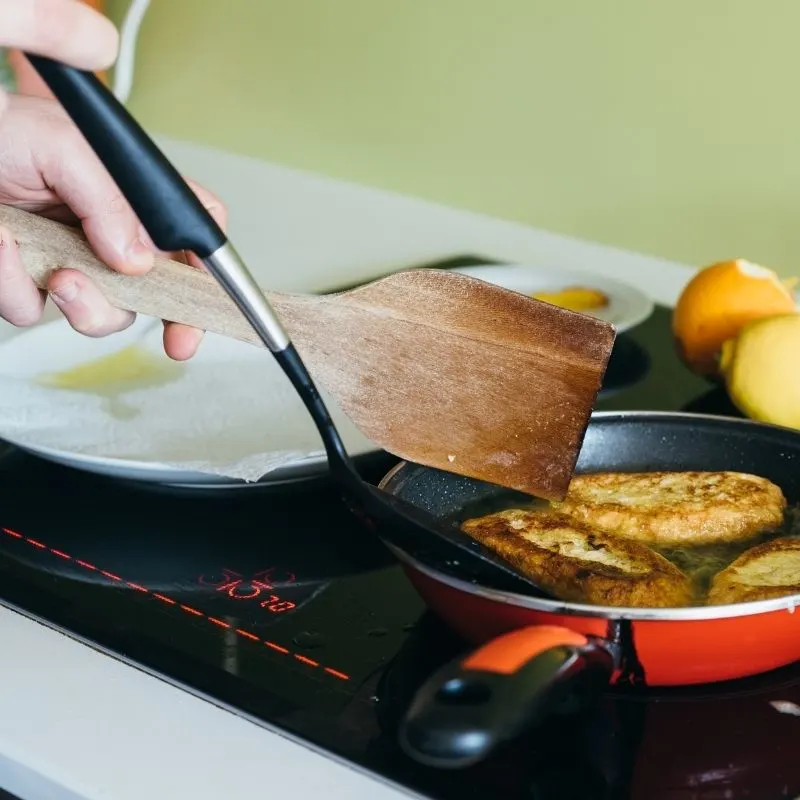
- For the first step in this torrijas recipe, grab the stale bread and cut it into thick slices. Each slice should be about 2.5cm (or about 1 inch) thick.
- After that, grab a saucepan and mix the milk, sugar, cinnamon stick, and lemon peel. Heat the mixture over medium heat and let it simmer. Remove from the heat and set aside.
- Meanwhile, as the milk mixture continues to cool, beat the eggs in a shallow dish. Also, start heating a pan with olive oil for frying.
- After that, put the bread in the milk mixture and leave it there until well-soaked but before it starts falling apart. Then, dip the slices into the egg mixture.
- Now, cook the Spanish-style bread pudding in the pan with hot oil until golden brown on both sides. With the help of a slotted spoon, transfer them to a plate lined with paper towels to absorb excess oil.
- To finish making one of the best Spanish desserts, grab a separate shallow dish, and mix sugar and ground cinnamon. Pass each fried torrija through the sugar-cinnamon mixture until well-coated.
- Finally, you can serve the Spanish torrijas warm. As an optional step, you can top them with honey, chocolate sauce, or your favorite fruits.
Substitution of Ingredients
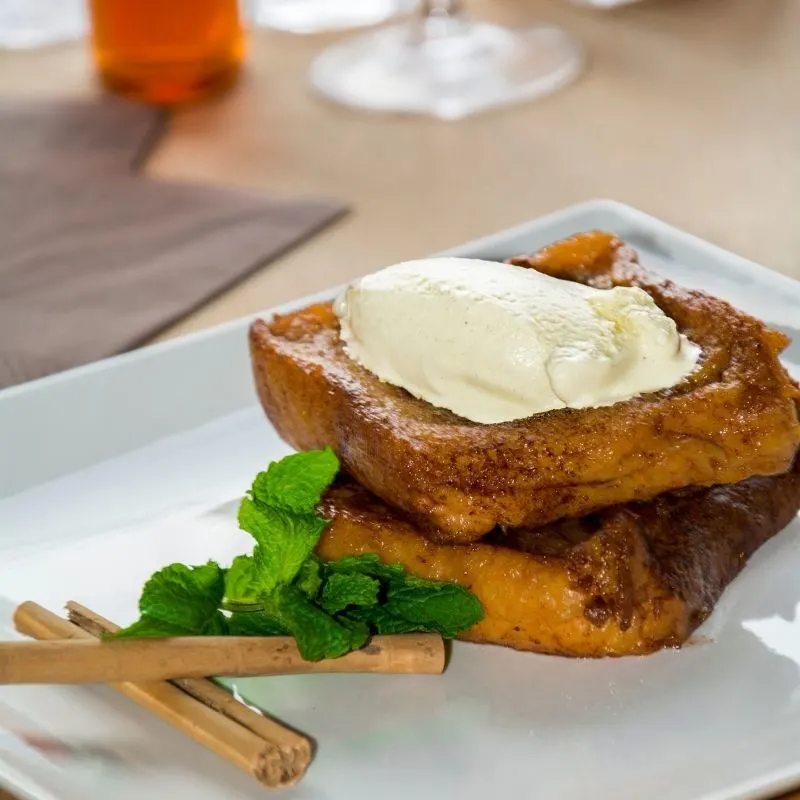
This recipe for torrijas is probably one of the most famous Spanish desserts that you can find, and one of the reasons why everyone loves it is because it only calls for basic ingredients.
Still, there are a few changes that you can make to this Spanish food for Easter, especially if you want to adapt it to different dietary restrictions or preferences.
The easiest change is to turn this Spanish torrijas recipe into a vegan recipe: you just have to use plant-based milk and coat the bread with flour or crushed cornflakes instead of eggs, to reach that crispy outside.
Besides that, you can make this recipe for Spanish bread pudding with gluten-free bread, or any kind of stale bread (like sourdough, ciabatta, whole wheat bread, etc.).
Lastly, just like most of the Spanish bread pudding recipes, feel free to flavor the torrijas giving them your style: you can use vanilla essence, almond essence, a dash of coffee liquor, orange peel, nutmeg, etc.
Tips on Serving Recipe For Torrijas
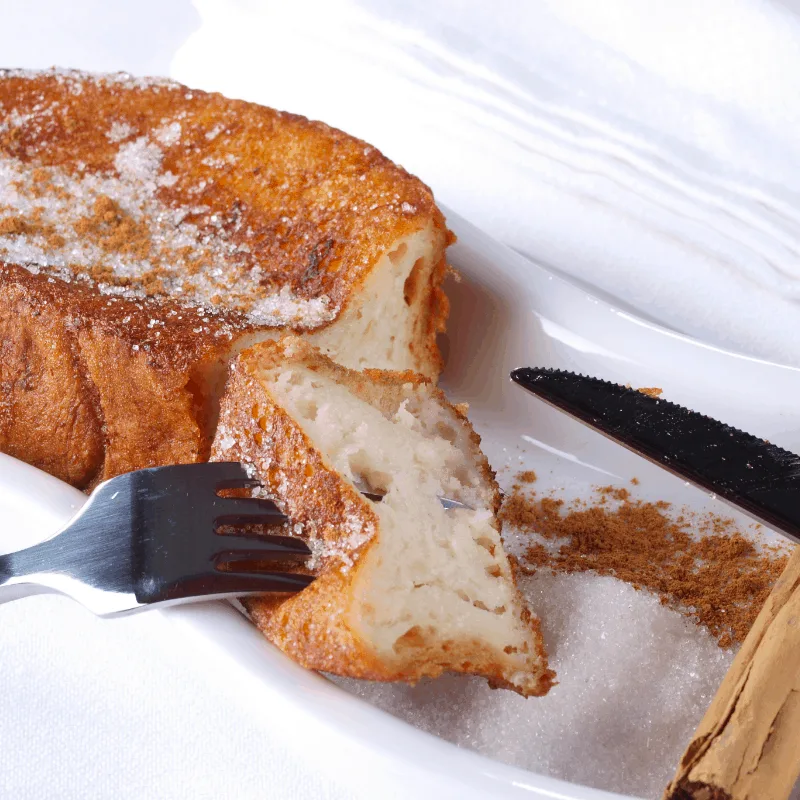
The torrijas are usually served during Easter as they are one of the most popular Spanish easter traditions, but you can enjoy them all year round as a dessert, for breakfast, or an afternoon snack.
This Spanish easter food is pretty similar to French toast, so you can take inspiration from that dish and serve it with a drizzle of honey, maple syrup, chocolate sauce, or your favorite fresh fruits.
To make your Spanish easter celebration fancier, chop and toast a mix of nuts and use them as the topping for the torrijas, adding a classy touch and a new layer of texture.
Aside from that it is a tradition to use sugar and cinnamon as the coating in this recipe for torrijas, but you could go in a different direction and top them with just sugar or powdered sugar.
Do you want to try more Spanish traditional desserts for the Easter season? Then you should check our delicious Rosquillas de Anís, authentic Churros or the traditional Borrachuelos de Málaga.
How to Store Recipe For Torrijas
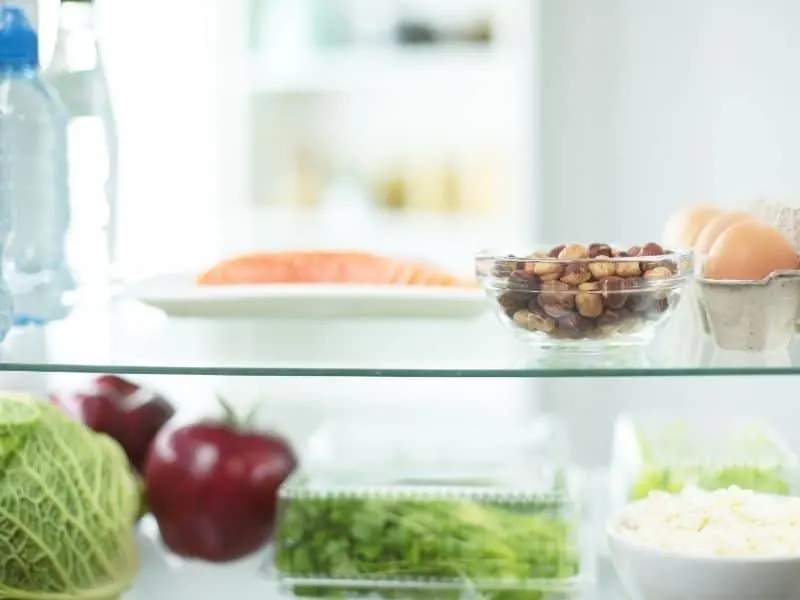
The recipe for torrijas takes about half an hour to be ready, so we recommend that you enjoy them as soon as you finish preparing them.
However, the torrijas are one of those Spanish desserts that can be stored both in the fridge or freezer, and some tips will help them to preserve their texture and flavor.
First, you have to let the torrijas cool and cover them with plastic wrap, then place them in a covered container (making sure that no air can get inside of them).
After that, you can refrigerate them for up to 3 days or freeze them for up to 60 days (label them with the date so you don’t go over that time).
You should reheat the torrijas in the oven or in a saucepan over medium heat, to ensure that they recover the crispy outside and the soft inside.
Recipe Card: Recipe For Torrijas
The Best Recipe For Torrijas
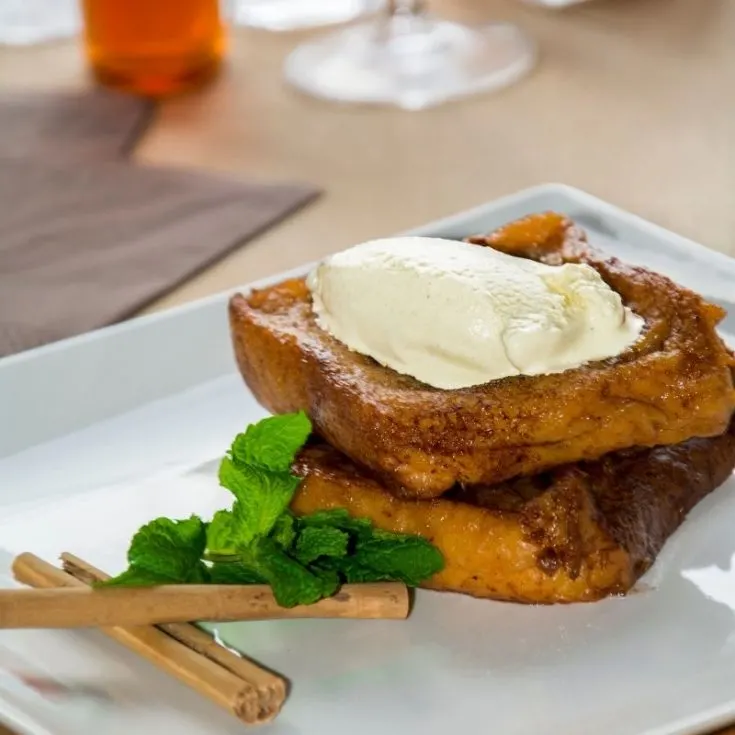
All you need is a sweet treat, and we know that there are hundreds of Spanish dessert recipes that can satisfy this craving.
If you are looking for a dessert that can be made quickly and only requires basic ingredients, then the recipe for torrijas is calling your name.
In this article, you will learn how to make this take on the Spanish bread pudding from scratch, with cool history facts, and information on storing and serving.
Ingredients
- 1 loaf of stale bread (preferably a day or two old)
- 4 cups (1l) whole milk
- 1 cup (200g) granulated sugar
- 1 cinnamon stick
- 1 lemon peel
- 4 large eggs
- Olive oil for frying
- Additional sugar and ground cinnamon (for coating)
Instructions
- To start making this recipe for torrijas, grab the stale bread and cut it into thick slices. Each slice should be about 2.5cm thick.
- Using a saucepan mix the milk, sugar, cinnamon stick, and lemon peel. Heat over medium heat and let it simmer. Remove from the heat and set aside.
- As the milk mixture cools, beat the eggs in a shallow dish. In the meantime, heat a pan with olive oil for frying.
- Put the bread in the milk mixture and leave it there until well-soaked but not falling apart. Then, dip the slices into the egg mixture.
- Start cooking the coated bread slices in the pan with hot oil until golden brown on both sides. Use a slotted spoon to transfer them to a plate lined with paper towels to absorb excess oil.
- To finish this Spanish torrijas recipe, grab a separate shallow dish, and mix sugar and ground cinnamon. Pass each fried torrija through the sugar-cinnamon mixture until well-coated.
- Serve the Spanish torrijas warm, optionally with honey, chocolate sauce, or your favorite fruits.
Notes
With the listed ingredients you will have the classic Spanish bread pudding recipe, but you could use other flavorings such as vanilla extract, almond extract, orange peel, etc.
Besides that, you can make this recipe for torrijas by using plant-based milk and flour or corn flakes for coating (instead of eggs).
Nutrition Information
Yield
5Serving Size
1Amount Per Serving Calories 519Total Fat 30.4gSaturated Fat 6.9gCholesterol 306mgSodium 317mgCarbohydrates 54.9gFiber 11.8gSugar 26.8gProtein 15.6g

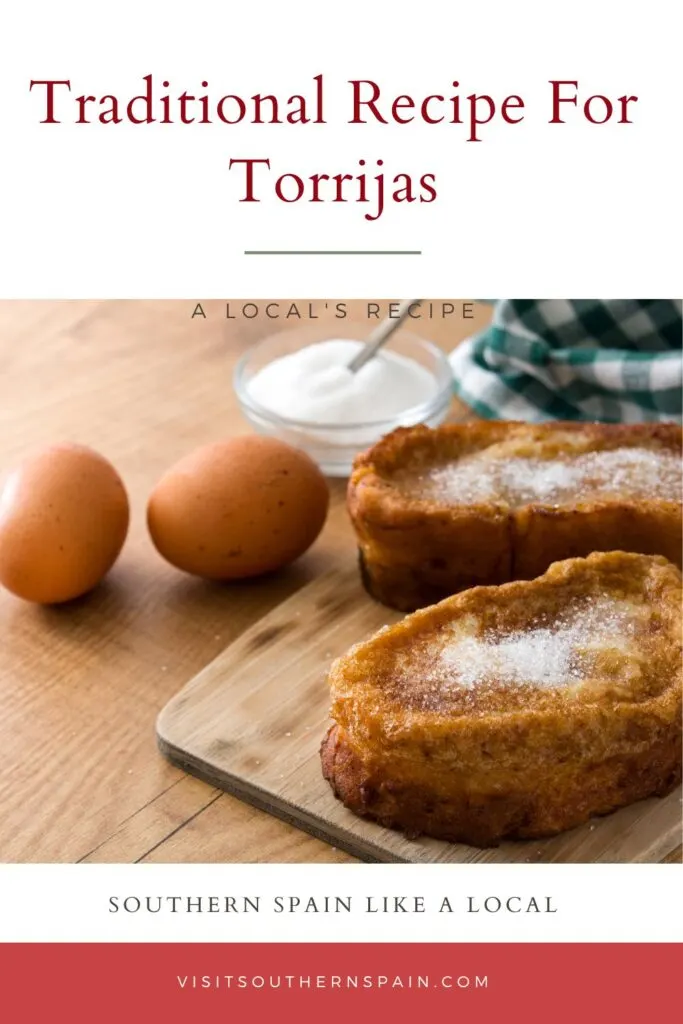

Hola, I’m Paulina! Together with my team, we are passionate about Southern Spain. Here we share all you need to know for great times in Southern Spain with the best places to visit, stay and, of course, the best food to eat.
Let’s dive in and explore Southern Spain’s outdoors, food and culture con pasión!

